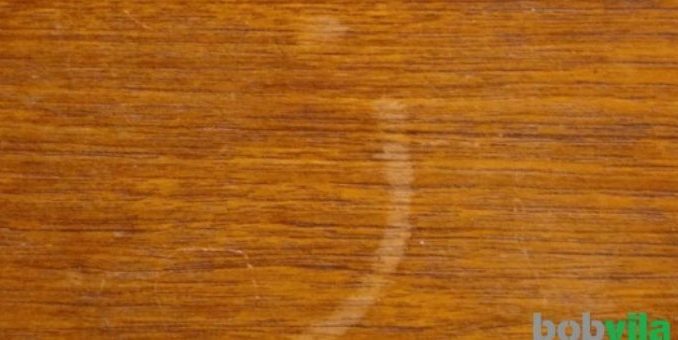
Tired of looking at your battered old wood furniture? You polish it and keep it dust free, but if there’s one thing you can’t buff away, it’s those doggone water marks.
Sometimes you ignore them, sometimes you tell yourself you’ll find a way to remove them, and since replacing your beloved goods isn’t in the cards right now, you keep letting it slide. Well, not anymore!
Bob Vila’s got a video that’s showing us a few different ways to knock out water marks without breaking the bank. Oh, not only is it possible, but your precious wood pieces will be looking as good as new. After you get your stuff back in good shape, the only thing you’ll have to worry about is preventing new water marks from forming.
First, let’s consider how these spots happen in the first place. When moisture penetrates the surface from a wet or hot container, it can leave a mark. It locks itself in, creating a spot. Depending on the type of finish on your wood, one removal technique may work better than another.
Here are two methods for wiping out those pesky marks. We’d love to say for good, but that’s going to depend on whether your family finally learns the hard truth about condensation and wood not being friends. Good luck!
-
The Iron
For this one to work, you need to act fast. Don’t let the water ring set beyond three days or you’ll have to find an alternative. Place a cloth napkin or other piece of light fabric over the stain. Empty all the water from the iron and heat it on its low setting.
Run the iron over the mark for a few minutes, checking to see if it’s disappearing. Do so for a few minutes until it is completely gone. Remember to use a dry iron so that no steam is being applied to the surface!
If the heat from the iron isn’t doing much, you can try using a hair dryer. Also place it on a low heat setting and blow it back and forth over the stain. You want to avoid holding the blower on the spot so the wood does not overheat.
Watch the full video to see what to do about older, more set stains that are too tough to iron out. With either of these methods, test a small area first to make sure you don’t damage the wood. Heat can cause bubbling, and some substances may cause dulling or discoloration.
In most cases, you can use items you have in the house, including a drop or more of white vinegar in your DIY concoction. Should these tricks not work, you can try some over-the-counter remedies before resorting to sanding and refinishing. There are also some that work to protect furniture from moisture stains – just like coasters.
Do you have some water marks that need to be wiped out of your furniture? What extra tricks work for you? Which of these will you try?